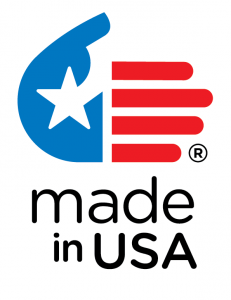Go Digital. Get Hired.
There was a time when you could walk into the Chief Pilot’s office for a casual feet-on-desk interview and pass off your handwritten logbooks for review. Those days are long gone. Interviews are now a complex process involving HR staff, administrators, and, yes Pilot-Interviewers. Not only are paper logbooks frowned upon, but they are also likely a non-starter for many carriers. If you want to succeed as a professional pilot, you must (and we mean MUST) convert your old paper records to digital format. Not only is this safer, but it’s far easier for an interviewer to review a single, concise professionally printed logbook vs. pouring over 2, 3 or 4 old handwritten ones (complete with scratch-throughs and whiteouts).
To remain competitive, you must go digital with commercial logbook software. There are many excellent programs out there and we will write a future blog about these. At the very least, pull everything into an Excel spreadsheet, preferable using the Jeppesen format, and begin there. However, unless you’re an Excel wiz, you will have trouble putting running totals on each page. Therefore, we strongly recommend taking paper logbooks or Excel files and importing them into a good software program. Most, if not all, programs have an import-from-Excel (or .csv) feature so this is a small hill to climb. Some logbook companies will even do this for free, so don’t be shy about asking.
Electronic logbook programs make time logging easy from your phone or tablet. They eliminate common math and other mistakes and provide robust report printing. Yes, this requires an investment of time and some hard cash, but it MUST be done if you want to be considered for an airline position in today’s digital age.
Go digital. Get hired.
For assistance with paper-to-digital conversion, contact our partner, AcuLog. They can assist with this, as well as perform audits for pilots already using commercial software.
- AcuLog | Logbook Conversions
- (608) 285-2416 | Phone/Text
- [email protected]



